This week in Part 7 of the Yarn Bleeding Experiment, we’re testing out adding Fairy liquid (washing up liquid, or dish soap) to the bath.
If you haven’t already, head back and read Parts 1-6 first, so you know what’s going on.
Jump Links
Part 1: Introduction
Part 2: The Experiment
Part 3: Round One – Temperature
Part 4: Round Two – Wool Wash (Soak)
Part 5: Round Two – Wool Wash (Eucalan)
Part 6: Round Two – White Vinegar
Part 7: Round Two – Washing Up Liquid
Part 8: Round Three – Colour Catcher
Part 9: Results & Conclusion
Okay, all caught up? Great.
Last week, we looked at the effects of adding white vinegar to the blocking bath, on the basis of rumour. Today we’re putting another rumour to the test – that adding Fairy to the bath will prevent bleeding.
For international readers, Fairy is the most well known washing up liquid brand in the UK. If you’re in Sweden or Norway, Yes is the same thing marketed under a different name; same goes for Dreft in Belguim and the Netherlands, and Jar in the Czech Republic, Slovakia, and Hungary. As far as I can tell it’s not the same as Dawn, despite them being sold by the same parent company.
When I first heard this suggestion, I didn’t have any strong thoughts either way. It seemed like a fairly logical thing to try, and the next time I had something to block, I gave it a go. It didn’t go well; my red yarn bled all over my grey yarn.
So I came into this round with a little prior knowledge. I had a feeling that Fairy wasn’t going to do me any favours. But this is an experiment, and so it must be tested properly.
Time to get the jugs out!
3L of tap water mixed to 50C / 122F goes into the big jug, then 5ml Fairy. The pH came in at 7.37, very close to the Soak mixture from Part 4. Water hardness (TDS) was the shocker again this week: 722! That’s high enough for me to consider that it might be a misreading, but unfortunately I didn’t register how high that was at the time, and can’t go back in time and double check (boo!).
Thankfully last week we put rest to the idea that higher TDS means more bleeding.
Let’s go ahead and see the results, shall we?
Well, blimey. That’s pretty conclusive, isn’t it?
I rated all these bleeds as 2. To be perfectly honest, I considered adding a 3 to better convey the strength of these bleeds, but decided to stick with the original ratings.
Because this is the last part of Round Two, I can finally share the timelapse video showing Parts 4, 5, 6, and 7.
Conclusions
Now that Part One and Part Two are complete, we should be able to draw some initial conclusions. Let’s round up what we’ve learned so far.
| 10C / 50F | 30C / 86F | 50C / 122F | Soak | Eucalan | Vinegar | Fairy | |
| pH | 8.76 | 7.95 | 7.25 | 7.41 | 6.94 | 6.18 | 7.37 |
| TDS | 236 | 293 | 322 | 313 | 344 | 420 | 722 |
| Litha | 1 | 1 | 2 | 2 | 2 | 1 | 2 |
| Blackcurrant Jam | 1 | 1 | 2 | 2 | 2 | 1 | 2 |
| Ruby Slippers | 1 | 2 | 2 | 2 | 2 | 2 | 2 |
| Storm | 1 | 1 | 1 | 1 | 1 | 1 | 2 |
| Navy | 0 | 1 | 1 | 2 | 2 | 1 | 2 |
| Total Bleed | 4 | 6 | 8 | 9 | 9 | 6 | 10 |
Here’s some initial observations:
- There’s a clear correlation between temperature and bleeding
- Vinegar does seem to cause a mild reduction in bleeding
- Fairy causes extreme bleeding
- Soak and Eucalan are comparable in terms of bleeding, with both slightly exacerbating it
So from this, we can make some recommendations for reducing bleeding:
- Use water as cold as you can stand
- Add a little vinegar
- Avoid Soak, Eucalan, and Fairy
Next time I’m going to be testing out whether, if we can’t prevent bleeding entirely, we can at least stop it adhering where it shouldn’t. This is helpful for multi coloured projects where you don’t want the dyes to attach in the wrong places. Until then, happy knitting!




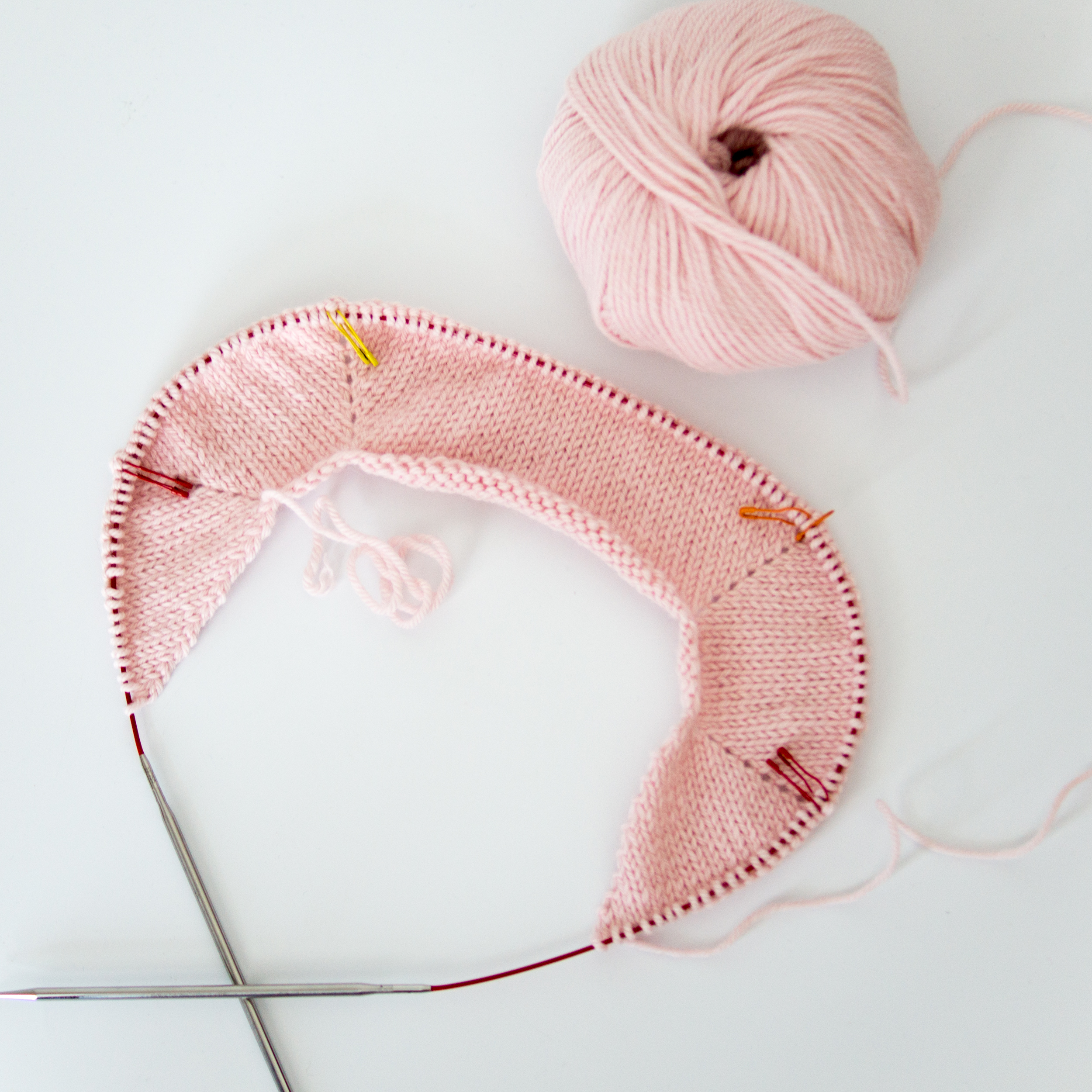
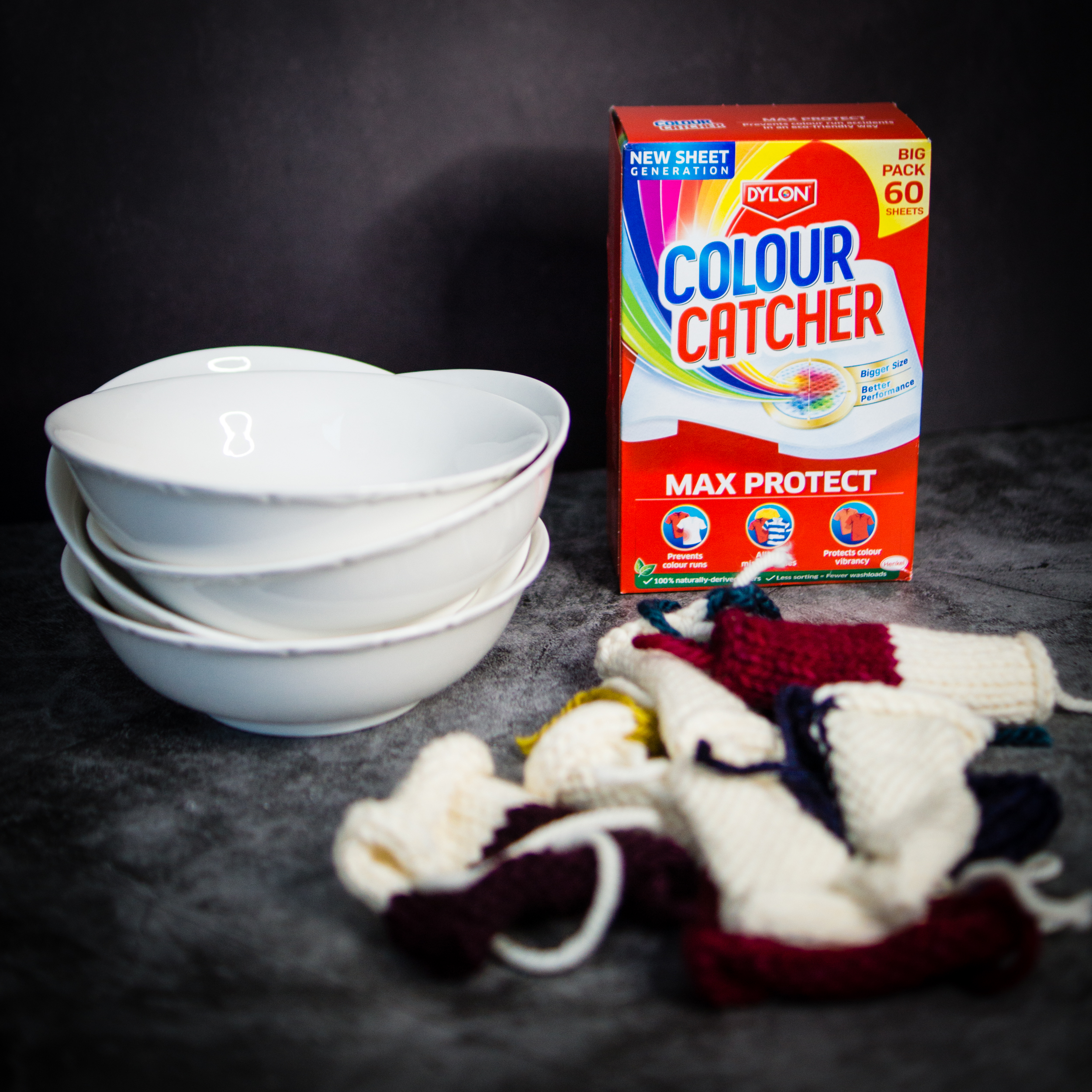
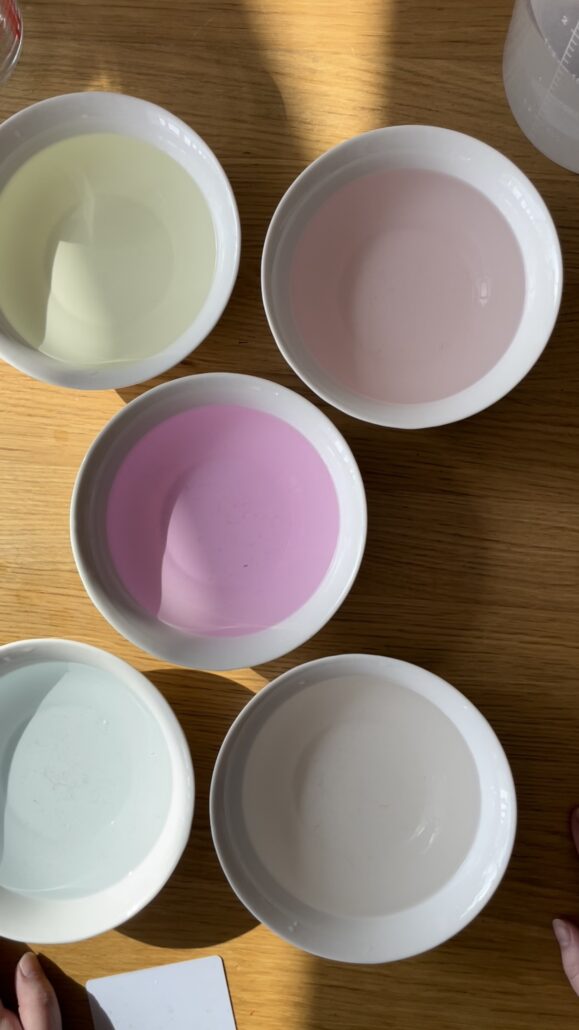
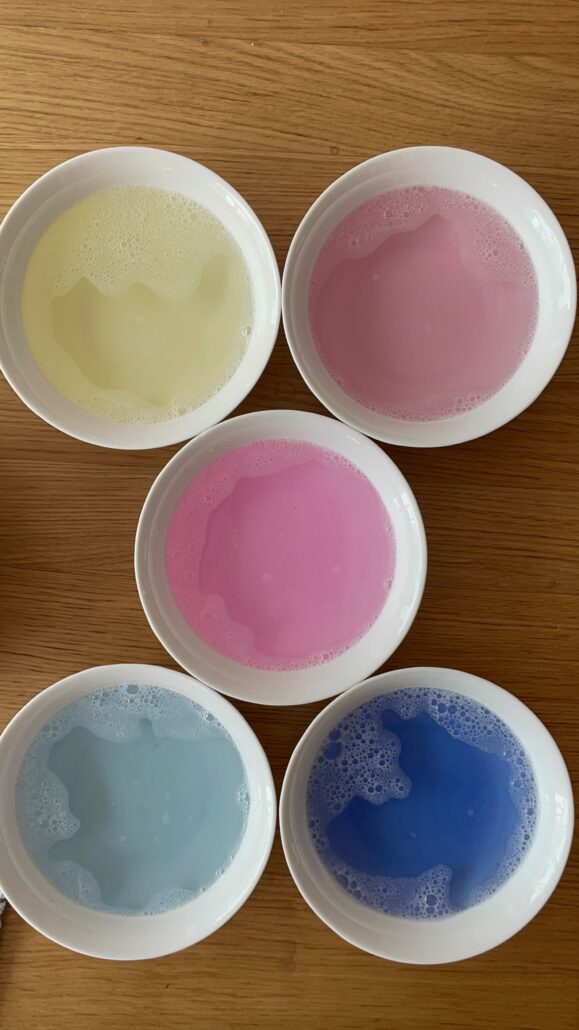
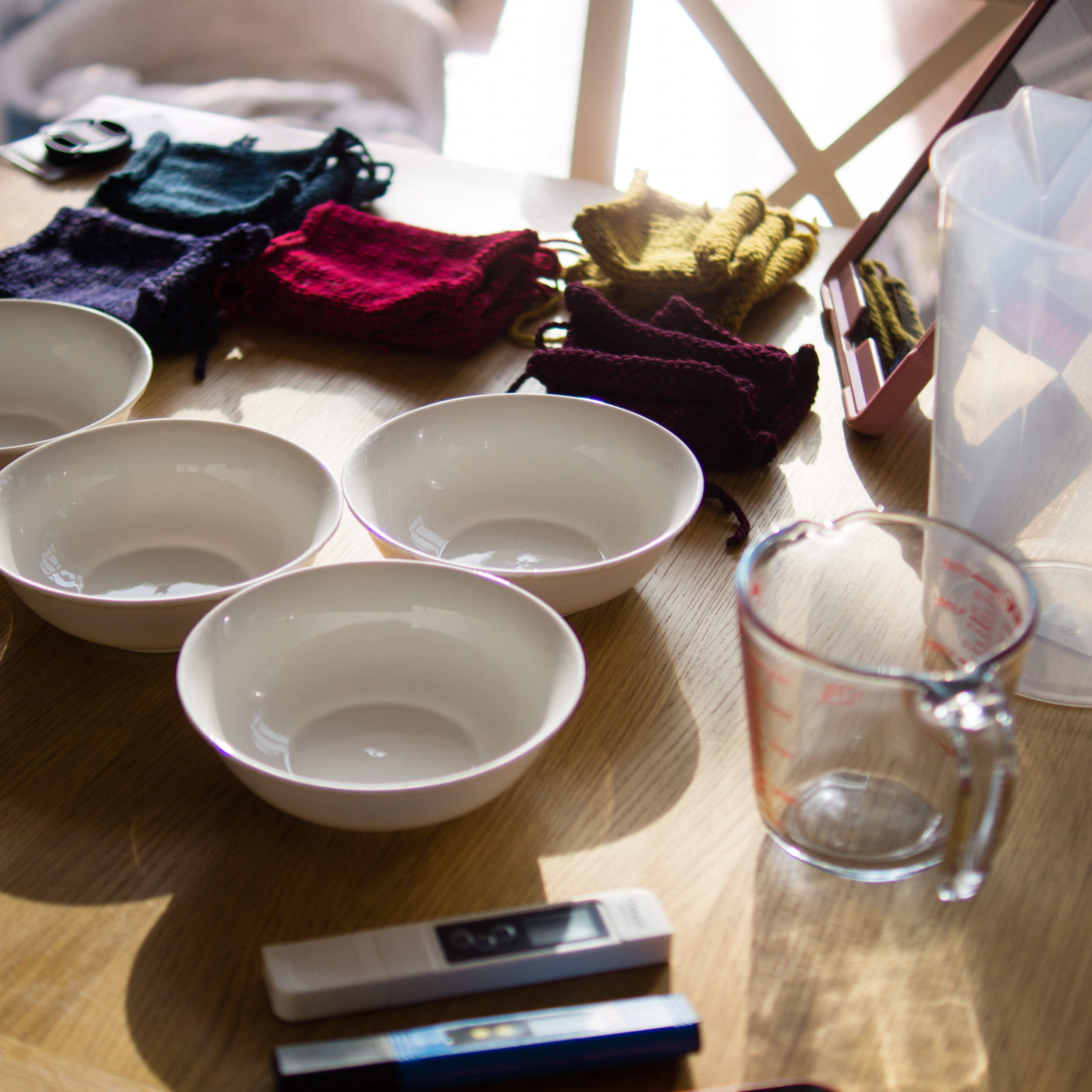
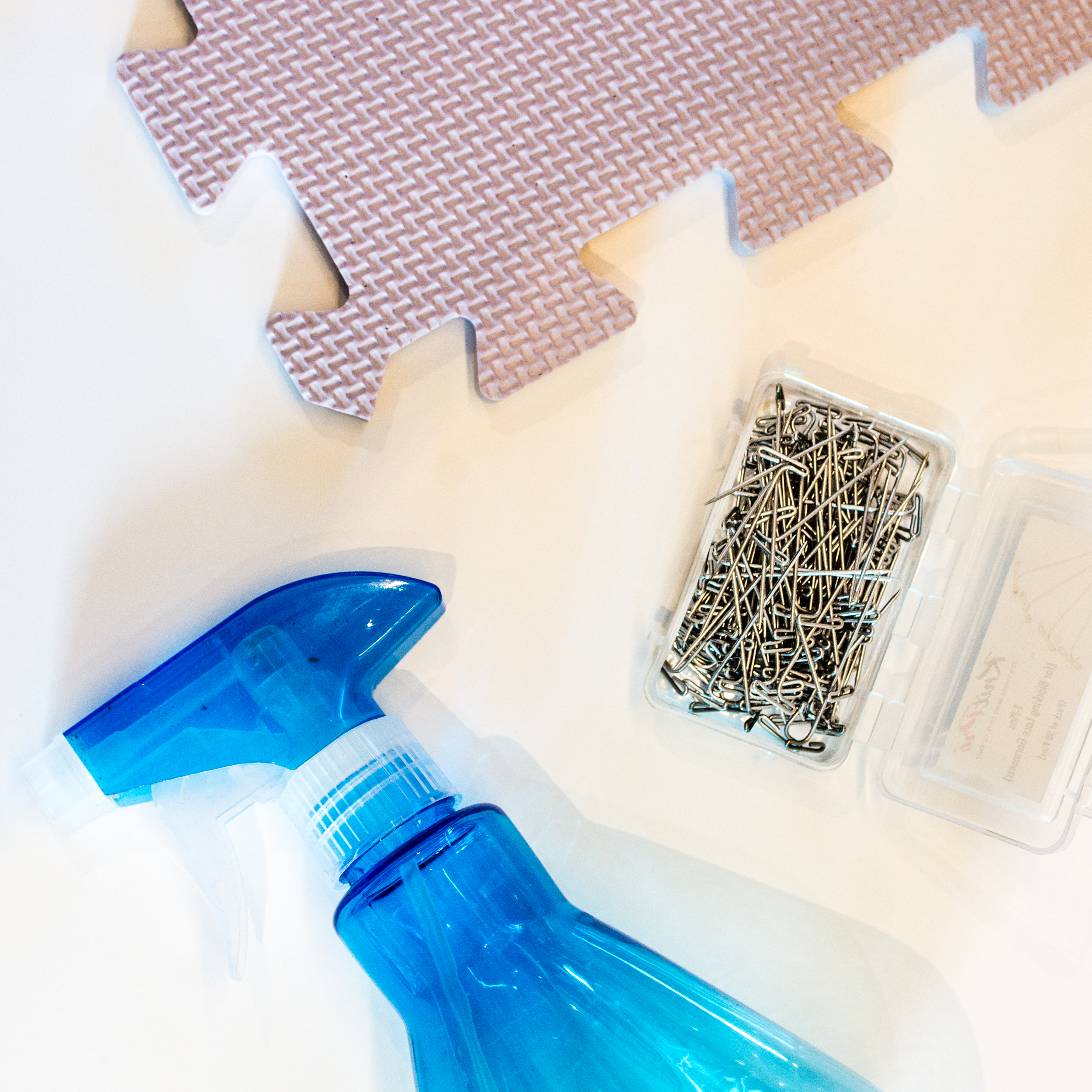
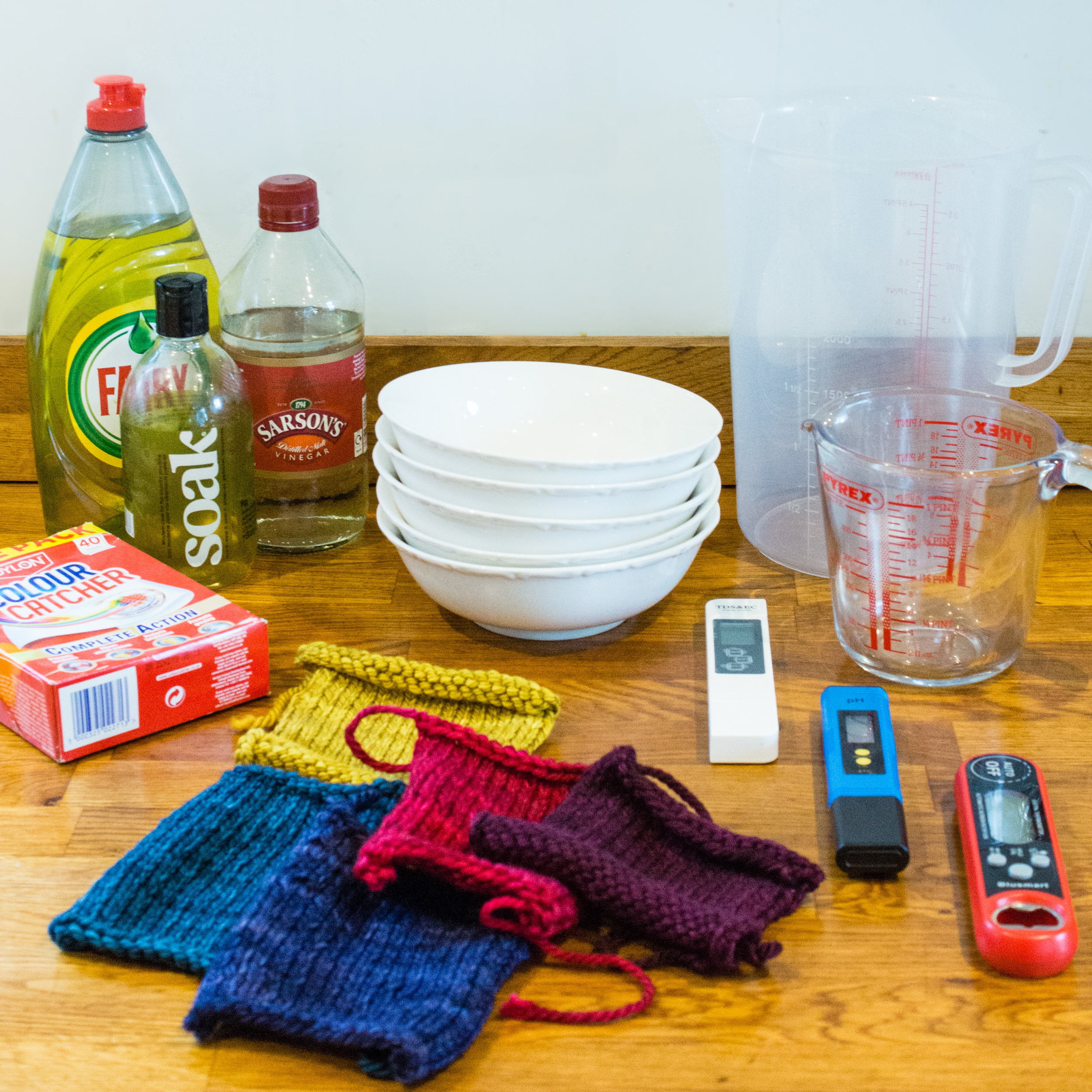
1 comment
Comments are closed.